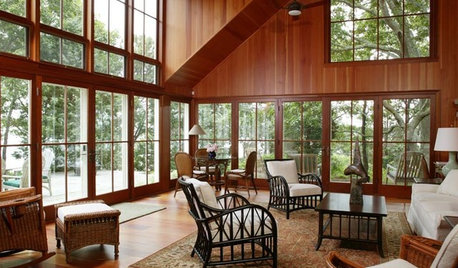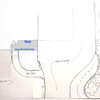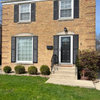Ideas needed for wooded, piney, sandy soil
SnailLover (MI - zone 5a)
10 years ago
Related Stories

GARDENING GUIDESGardening Solutions for Dry, Sandy Soils
Has your desert or beachy site withered your gardening creativity? Try these ideas for a beautiful, easy-care landscape
Full Story
GARDENING GUIDESHow to Pick a Mulch — and Why Your Soil Wants It
There's more to topdressing than shredded wood. Learn about mulch types, costs and design considerations here
Full Story
GARDENING GUIDESHow to Stop Worrying and Start Loving Clay Soil
Clay has many more benefits than you might imagine
Full Story
GARDENING GUIDES10 Solutions for Soggy Soil
If a too-wet garden is raining on your parade, try these water-loving plants and other ideas for handling all of that H2O
Full Story
GARDENING GUIDESThe Poop Scoop: Enrich Your Soil With Good Old Manure
Get over the ick factor already — this natural super-ingredient for soil has so many benefits, you'll wonder why you ever went chemical
Full Story
GARDENING GUIDESInvite Cellophane Bees to Your Garden by Providing Patches of Bare Soil
Look for cellophane bees (Colletes) pollinating flowering trees and shrubs in U.S. gardens this spring
Full Story
GARDENING GUIDESHave Acidic Soil in Your Yard? Learn to Love Gardening Anyway
Look to acid-loving plants, like conifers and rhododendrons, to help your low-pH garden thrive
Full Story
GARDENING GUIDESHouzz TV: Make a Worm Bin for Rich Soil and Happy Plants
A worm-powered compost bin that can fit under a sink turns food scraps into a powerful amendment for your garden. Here’s how to make one
Full Story
GARDENING GUIDESGet the Dirt on Your Garden’s Soil
Understand how your soil supports your plants so you can ensure your garden’s success
Full Story
ARCHITECTUREWant to Live by the Water? What You Need to Know
Waterside homes can have amazing charm, but you'll have to weather design restrictions, codes and surveys
Full Story










gardengal48 (PNW Z8/9)
nandina
Related Professionals
Hershey Landscape Architects & Landscape Designers · Parole Landscape Architects & Landscape Designers · Suffern Landscape Architects & Landscape Designers · Arlington Landscape Contractors · Williamsburg Landscape Contractors · Choctaw Landscape Contractors · Eagle Landscape Contractors · Forest Hills Landscape Contractors · Garland Landscape Contractors · Homewood Landscape Contractors · Rio Linda Landscape Contractors · Norridge Landscape Contractors · Fair Oaks Swimming Pool Builders · Lake Forest Swimming Pool Builders · Shady Hills Swimming Pool BuildersSnailLover (MI - zone 5a)Original Author
iluvmaine
Yardvaark
iluvmaine
SnailLover (MI - zone 5a)Original Author
zver11